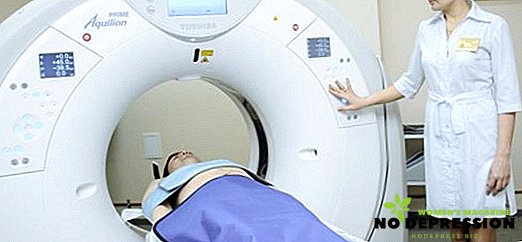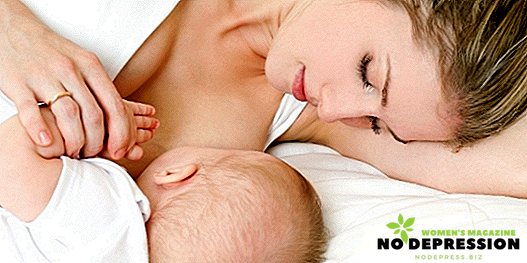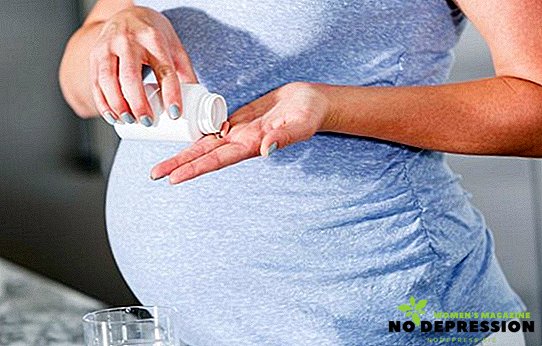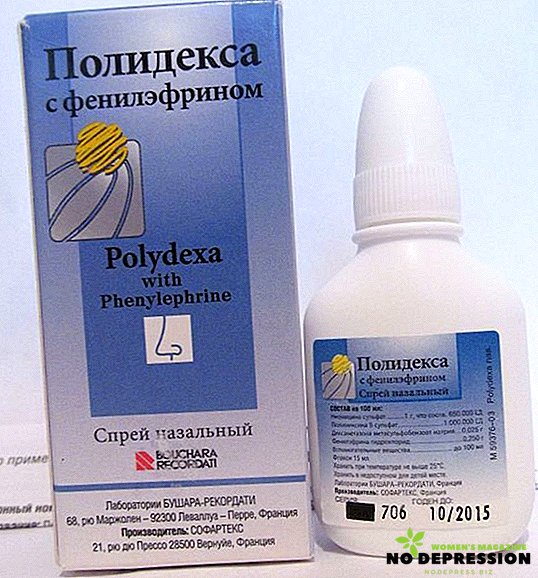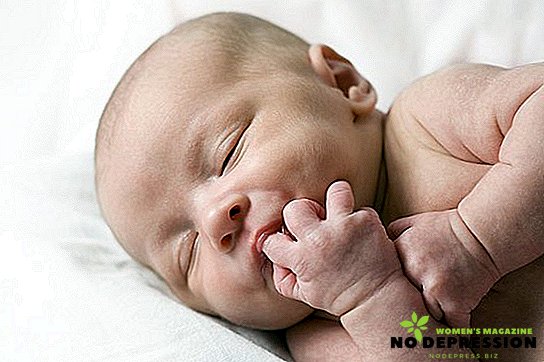The choice of the method of protection from unwanted pregnancy is the most important issue that every woman decides for herself. There are many methods of contraception (pregnancy prevention).
The physiological method is to calculate the favorable and unfavorable for conceiving days of the menstrual cycle.
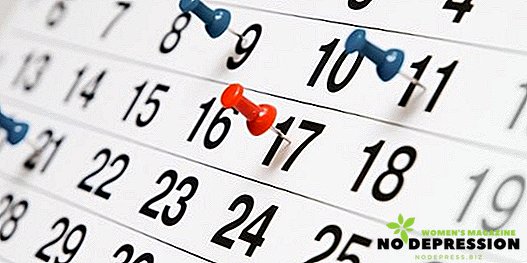
The opinion of experts about the safe days of pregnancy
All specialists in the field of obstetrics, gynecology and reproductionology agree on one thing: there are practically no absolutely safe days from pregnancy. On all the days of the cycle, a woman retains to a certain extent the ability to conceive a child. On some days, the chance of pregnancy is the highest, and on some days it is very low, but not zero.
According to doctors, one cannot be absolutely sure that fertilization cannot take place on so-called safe days.
According to medical records, a woman’s body is prone to hormonal disruption for several reasons:
- genetic predisposition;
- endocrine or venereal diseases suffered by a woman;
- previous abortions;
- injuries of the reproductive organs;

- taking the wrong hormone-based drugs;
- unbalanced nutrition;
- overweight;
- too much exercise;
- lack of sleep and rest;
- stressful situations.
Hormonal disruptions in the female body can be the cause of a shift in menstruation, and, therefore, conception can occur on safe days, as the woman estimates.
According to experts, the safe days from pregnancy can be determined with certainty, with only regular, not shifting periods for a single day. Such cases are extremely rare, because the hormonal background of a woman can vary even depending on her emotional state.
In addition, according to the latest medical research, there are a number of hormonal substances in the sperm that can accelerate ovulation (the release of an ovary from the ovary that has matured for fertilization), which increases the chance of conception even in the safest days, women estimate.
Methods of counting days safe from pregnancy
In medicine, certain techniques have been developed to determine the days on which fertilization can occur with the least probability. However, a woman needs to understand the fact that this way you can get an opportunity only for approximate calculations, without one hundred percent certainty.
Counting by calendar
Calculate safe days for an unwanted pregnancy is easy. To do this, a woman should clearly know how many days her period is.

The counting algorithm depends on its duration. With this algorithm, you can determine the days of ovulation, that is, days in which the risk of conception is very high, as well as those days in which fertilization should be almost not.
Algorithm for determining safe from pregnancy days in a long cycle
So how to calculate? The long menstrual cycle is thirty five days. His second phase takes about twelve to sixteen days. To determine the phase of ovulation from thirty-five it is necessary to subtract the number of days of the second phase. It turns out about twenty-three.
This means that approximately on this day after the beginning of menstruation, the mature egg from the follicle will come out (a kind of bubble in the ovary, in which the egg is located and matured).
Within two days, the egg cell is able to merge with the sperm. To twenty-three you need to add two.
Consequently, the safe days in the long cycle will be approximately from the first to the fourteenth and from the twenty-sixth to the thirty-fifth day after the start of menstruation.
Algorithm for determining safe days from pregnancy on the average cycle
The average duration of the menstrual period is twenty-eight days. The follicle releases the egg on the fourteenth day.
To fourteen need to add two days. The result is that from the seventeenth to the twenty-eighth day conception is unlikely to occur. And in the first part, the safe days will be from the first to the seventh day.

Algorithm for determining safe from pregnancy days in a short cycle
A short menstrual cycle is a twenty one day period. Consequently, the second part of the period is approximately twelve days. The ovum leaves the follicle on the ninth day.
Since the first phase in a cycle of this type lasts only nine days, and the sperm in the female organs is usually viable for ten days, in the first part fertilization can take place at any time.
Anovular cycles
Doctors say that women have anovular cycles (menstrual periods consisting of only one phase, menstrual bleeding is present, but the egg does not come out of the follicle).
The anovascular cycle is absolutely safe from pregnancy, since the female organs during this period restore their functions.

Anovular periods occur twice a year, but it is impossible to predict the exact time they occur.
The table below shows the ratio of the types of menstrual periods and the number of days of the first and second phases, as well as the periods with the lowest probability of conception.
| number of days
cycle type
| number of days in the cycle | number of days in the 1st phase of the cycle | number of days in the 2nd phase of the cycle | safe days from pregnancy |
|---|---|---|---|---|
| long cycle | 35 | 19 - 23 | 12 - 16 | 1 - 14; 26 - 35 |
| middle cycle | 28 | 14 | 14 | 1 - 7; 17 - 28 |
| short cycle | 21 | 9 | 12 | 12 - 21 |
Determination of basal temperature
A much more reliable method for determining days with high and low risk of conception is the method of determining basal temperature. This method consists in measuring the temperature in the rectum. The woman should spend measurements in the morning, still lying in bed.
This technique requires attention and care. The results should be carefully recorded, and then listed in the table. According to the table plotted.
At the very beginning of the period the temperature is less than 37 degrees. During ovulation, the temperature drops slightly, and the next day, on the contrary, rises above 37 degrees until the end of bleeding.
Five days before ovulation and two days after it have the best chance of fertilizing an egg.

Probability of fertilization during menstruation
During menstruation, the chances of getting pregnant are extremely small. Bleeding is an unfavorable condition for conception. During this period, the embryo is extremely difficult to attach to the endometrium (the inner lining of the uterus).
Pregnancy is possible only if the woman’s cycle is disturbed, or if her period is abnormally long.
In addition, women with a short menstrual period have an increased chance of starting pregnancy during menstruation.
Probability of fertilization during lactation
Previously, it was believed that during breastfeeding fertilization is not possible, since during this period a woman does not have ovulation. But according to recent studies, follicles are able to mature even at this time. Consequently, during lactation, fertilization is quite likely.
Since during the period of lactation a woman has extremely irregular cycles, it is almost impossible to determine the probable days for the occurrence of pregnancy at this time.

Conclusion
The physiological method of protection from pregnancy makes sense and theoretical justification.
There are two methods of counting days safe from pregnancy - the calendar and the method of measuring basal temperature, the second of which is more reliable.
During periods of lactation and menstruation, there is also some chance of conception. It should be remembered that this method has several disadvantages, the main of which is that it does not give absolute certainty and guarantee.
Additional information about the days when the probability of getting pregnant is high is in the next video.



